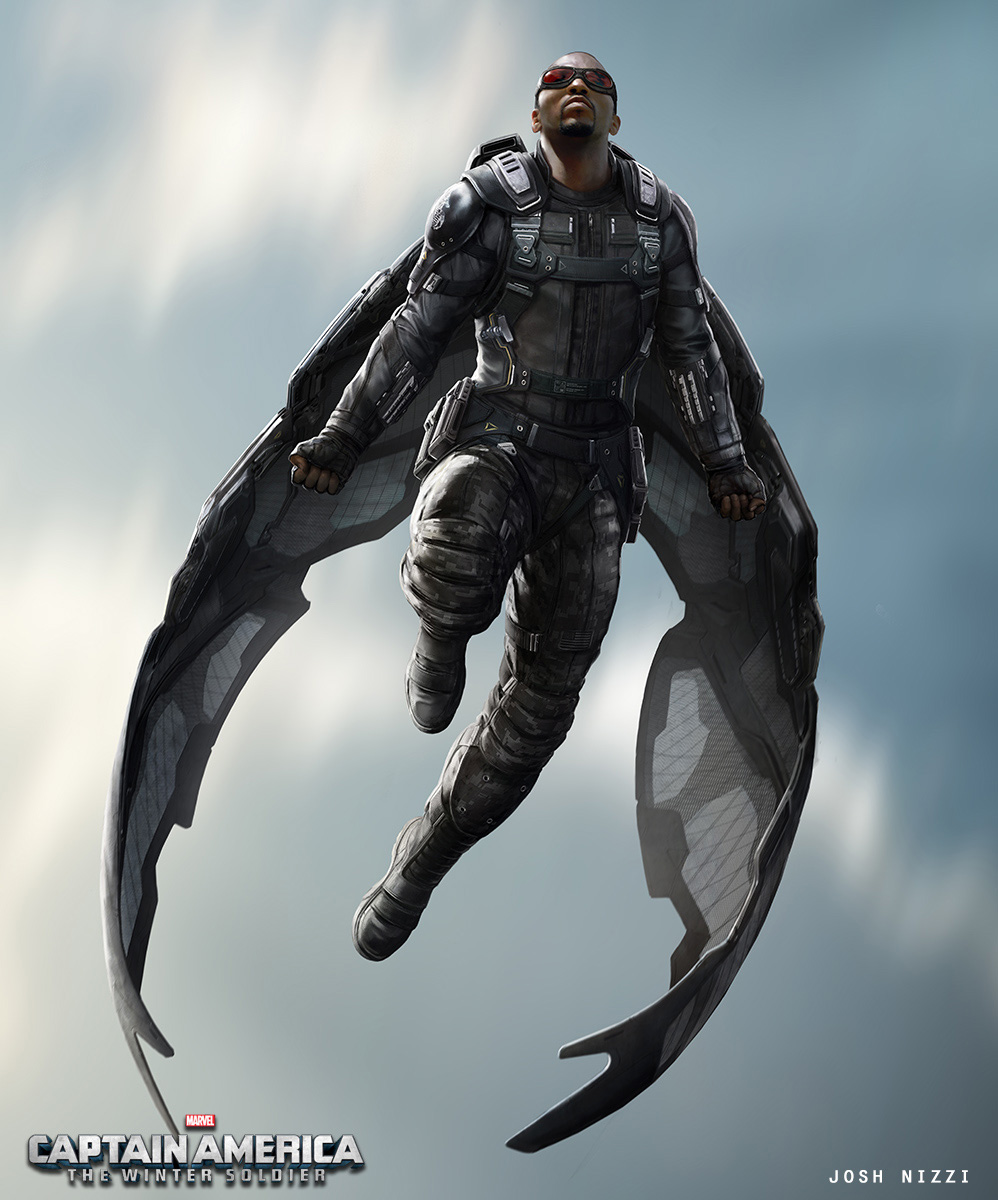In the wake of Mike Brown's death, there has been a lot of controversy about the way that blacks have been portrayed in the media. The hashtag #IfTheyGunnedMeDown became increasingly popular as people posted photos of themselves asking which the media would use to portray them/justify their death of they were shot by police. This hashtag came about after the media started using a photo of Mike Brown looking slightly threatening, and throwing up a "gang sign" as opposed to a more innocent photo of him in his high school cap and gown. I think that this Twitter movement says a lot about how the media influences our perception of African Americans, especially young male African Americans.
It would seem that a lot of people are fed up with the way African Americans have been portrayed in the media. In researching news articles about white Americans, and then comparing them to articles about black Americans, I found that most of them use very different terminology. In the case of Justin Bieber, after assaulting camera men, insulting fans, and allegedly using drugs, news articles state that he "behaved inappropriately". But in the case of Richard Sherman, a cornerback for the Seattle Seahawks, who started trash talking after running one of the biggest plays of his football career, was called a "thug". This video from The Daily Show talks about this after Justin Bieber and Rob Ford were described in news outlets as "Canada's Bad Boys", and "you kind of have to love them anyway. We still love them." But the guy who yelled too loudly at a post game celebration is a thug, as opposed to the people who committed actual felonies.
African Americans also have a distinct lack of representation in television. I went and looked at cast photos of some of the most popular television shows of the last couple of decades.
What I found was startling. I had watched all of these shows before, but I had never noticed the distinct lack of African Americans in the cast before. Earlier shows, like Friends and Seinfeld, have none at all. But it's nice to see that in our more recent shows we've managed to increase the number of African American (or POC) actors to one per show.
Marvel's new cinematic universe has become one of the most popular franchises today, with dozens of movies, and more on the way. Kids look up to these characters as their heroes, and aspire to be like their favorite icons. And yet, to date, we only have two African American heroes, Nick Fury and Sam Wilson/The Falcon.
African American children need black heroes to look up to. These heroes inspire kids to do better, to be better, so that they can be like their heroes. Being constantly flashed with images of shiny white heroes sends a message to these kids that they can't be heroes. That's not their job.
The same goes for girls with the Disney Princess lineup.
To date, there has only been one African American Disney Princess.
Kids look fr heroes who look like them. Those are the heroes and characters that they identify with. Being bombarded with images of whitewashed media gives them a perception of who they are, and what role they're supposed to play. It also influences how others see them, further influencing their behavior.
It's important for teachers to be aware of how the media is portraying different groups and how that portrayal effects the children in their classroom. It's important that teachers give them positive examples to look up to, especially in a history class. If the media won't give them heroes, then I will.





